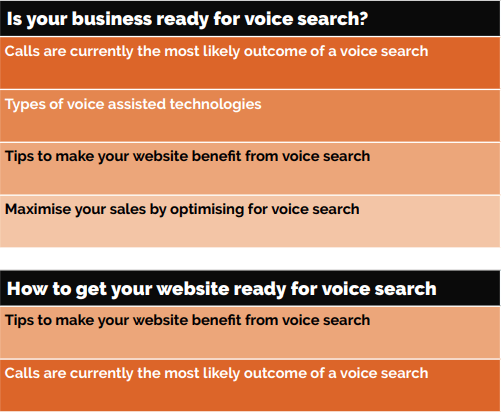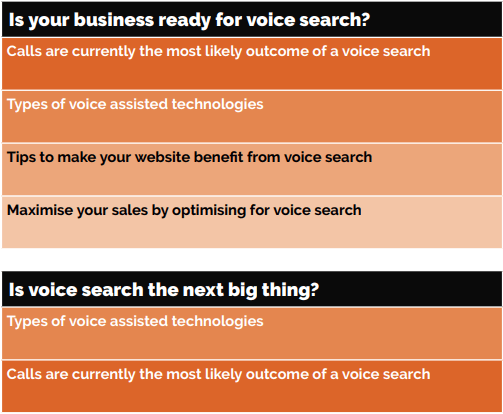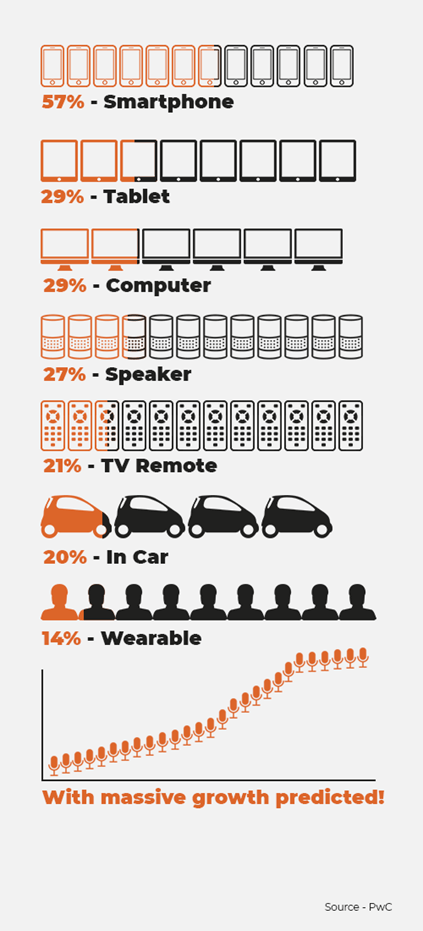Repurposing content is a tactic that most content marketers swear by – it takes a lot of effort to create a great piece of content so really you want it be useful more than just the once. By creating different versions of the same content, you can extend it’s life and save yourself a lot of valuable time.

Why should you create different versions of your content?
- Give readers a reason to come to your website by making the content you share online different to what is on your website (they won’t read the same thing twice)
- Sell different aspects of your business using the same content
- Sell to different types of prospects using the same content
- Sell to different stages of the buyer journey using the same content
- Tailor the content to the relevant platform through tone of voice and style
How do I know what the different versions should be?
While writing a piece of content, you should have identified:
- Who the audience is – i.e. what buyer persona you are appealing to
- What stage of the buyer journey they are at
Using this information in reverse, you can identify the audiences you have or haven’t reached and re-purpose your content to connect with those prospects. Use the table below to mark which audiences you have already targeted with your content and which audiences still need to be reached.

You may also have considered what platform your content is going to be published and shared on to inform the tone, angle, length and language. Look at what other audiences may be present on those platforms and what other platforms you could still reach. All of this will help you to identify how you could re-use your content.
How to repurpose your content
1.Restructure
Your content should (hopefully) be split into sections with each section focusing on a different point. Think of each of these points as a different building block that can be put in any order to make something new.
Our article “Is your business ready for voice search” targets high level, non-tech savvy marketing managers in the awareness stage of the buyer journey. Below, we’ve broken this article down into different sections and re-constructed it to target a low-mid level web developer or SEO who is actively looking for a solution to the voice search problem. We’ve also re-titled it as “How to get your website ready for voice search”.

2. Reword
While most sections can be re-ordered to appeal to different audiences there are also times when you should change the words slightly to make the language and tone more relevant to the reader and their stage in the journey.
In the example above, the title: “Is your business ready for voice search” suggests that the user isn’t yet aware of the problem and so it’s likely that their business does not have a solution in place. Using the term “business” makes the article appeal to a reader who has the responsibility to drive the whole business forward rather only being responsible for one element within it.
The updated title “How to get your website ready for voice search” instantly address users who are looking for the solutions to their problems by using the phrase “How to”. This also targets the readers who are likely to be carrying out the tasks themselves because it addresses where these changes are going to be made.
By making small tweaks like this throughout your text you can massively increase the amount of content you are producing for a wider range of audiences with a minimal amount of additional work. Bear in mind that different audiences might refer to things using different keywords so these should be updated to maximise visibility.
It’s also a good idea to think about what content users are after on different platforms. Our original article “Is your business ready for voice search” has a very professional tone and therefore, sits best with the audience you would find on LinkedIn.
By re-ordering the sections and changing some of the wording slightly, we have an article aimed at readers with a more casual interest in digital marketing trends called “Is voice search the next big thing” that would work well for audiences brought in through Facebook & Twitter.

It is important to remember that it’s not just your words that provide the tone for your article. Make sure your imagery reflects the correct tone to match the audience, purchase stage and platform you’re targeting.
3. Re-model
Turn your written content into an infographic, video, slideshow, e-book or webinar. This way of reusing content doesn’t work for every business and every piece of content, but can be an effective way to make use of the research you have put into your article.
We used the information in our article to create an infographic around voice searches by device type.

Repurposing content for your website and social media platforms is not only a great way to reduce time spent on research, it’s also a necessity if you want to have something to present your target audience with depending on their stage in the buyer journey.
Looking for tips to write the perfect blog post? We’ve got you covered, check out our article!
For advice on your content marketing strategy get in touch with our team for a quick chat!
Repurposing Content FAQs
How do I know if a piece of content is worth repurposing?
Look at what’s already performing. If a blog or page is getting steady traffic, high engagement, or ranks well, it’s a strong candidate. Content that answers common customer questions, explains core services, or aligns with seasonal demand is also worth reusing.
If the research was time-consuming or the insights are evergreen, repurposing lets you get more return from your effort.
Can I repurpose a blog for a different audience without rewriting the whole thing?
Yes…and you should! In most cases, you can restructure and reword a blog to make it more relevant to a different audience or stage in the buyer journey.
You can change the title, intro, and CTA to speak to that new reader. Swap out jargon, adjust the tone, and update keywords if needed. This takes less time than writing a new post and helps you reach more people without starting from scratch.
What’s the difference between repurposing content and just reposting it?
Reposting is simply re-sharing the same content, which can come off as repetitive if your audience already saw it. Repurposing, on the other hand, means changing how it’s presented – altering the message, tone, format, or target platform.
That could mean turning a blog post into:
– A checklist for lead gen
– A video explainer for social
– A visual carousel for Instagram
– A webinar topic or email series
Repurposing creates fresh touchpoints from existing ideas.
How can I adapt tones for various social platforms?
Each platform has its own audience style:
– LinkedIn: More professional tone, deeper insight
– Facebook: Conversational, story-driven
– Twitter/X: Punchy, concise, often opinion-led
– Instagram: Visual-first, lighter in tone
– YouTube/Video: Engaging, educational, direct
Use platform norms as your guide. And remember: even small tweaks in tone and structure can make content feel native to where it’s shared.
Is it still good for SEO if I reuse parts of a blog in new content?
Yes, if done carefully. Google rewards fresh, useful content. Repurposing is fine as long as you:
Avoid direct duplication on your own site
Tailor wording for the new piece
Focus on different keyword variations or user intent
You’re reinforcing topical authority, not cannibalising it, and that’s good for SEO when managed properly.



